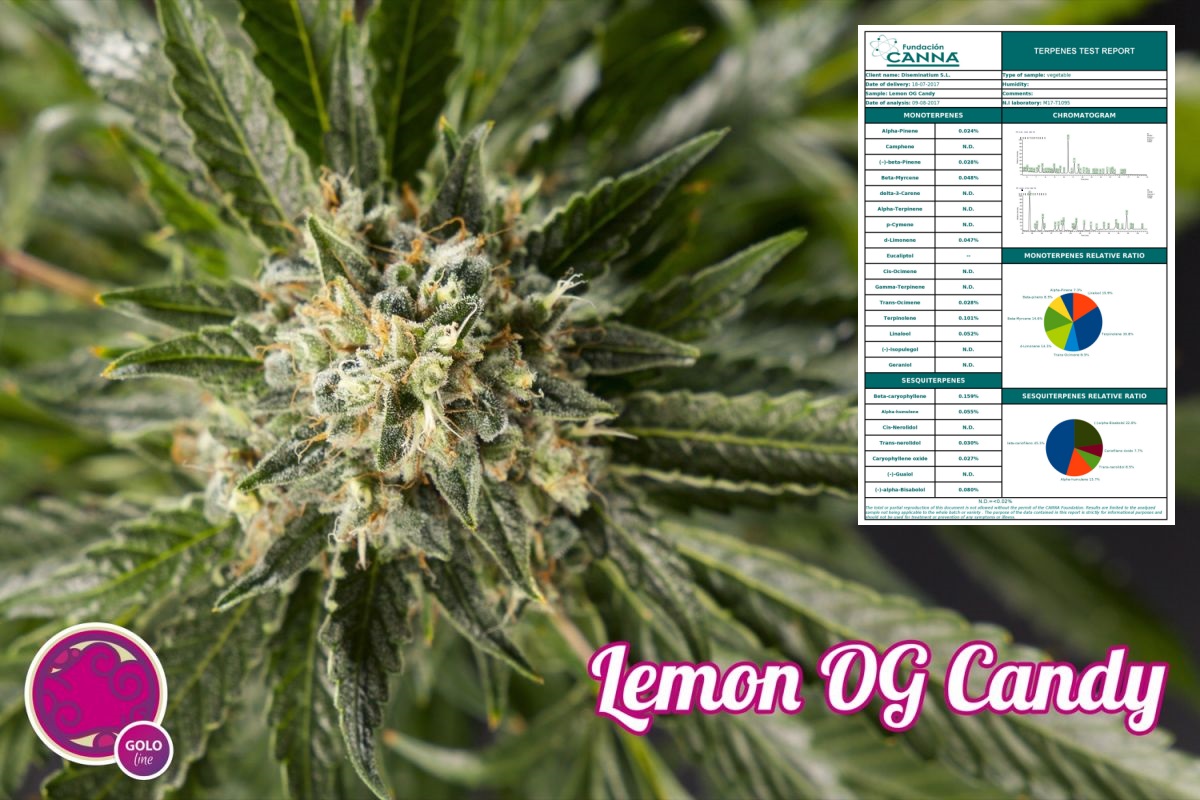The aroma and flavor of cannabis beyond terpenes
List of contents
The cannabis market has products that cater to all tastes, and to enhance the diverse range on offer, the current focus is on terpenes, the compounds that give each cannabis strain its aroma and flavour, thus allowing consumers to broaden their understanding of the plant further beyond cannabinoids or the simple indica/sativa binomial.
But what about the dozens of other chemical compounds that the cannabis plant produces as well as its active cannabinoids and terpenes?
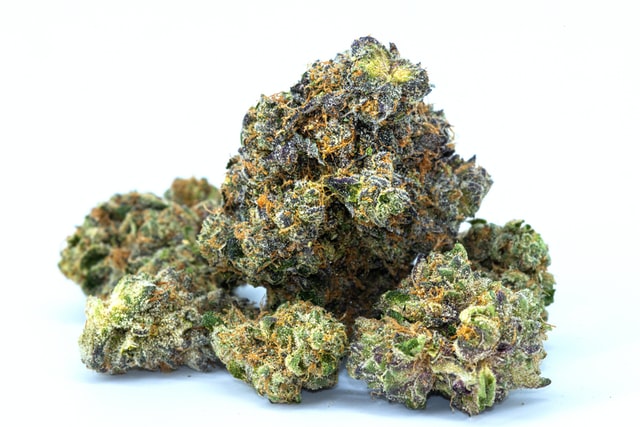
As an example, take the variety Fat Banana, famous for its intense banana flavour; however, it generally tests at relatively low levels in terpene analysis. Also, many genetics that have a lemon flavour, such as Lemon OG Candy, do not contain large amounts of the terpene limonene. So, it follows that something else has to come into play that affects aroma or taste, and recent studies have shown the importance of certain other compounds that can contribute to this, such as esters, flavonoids or ketones.
Cannabinoid and terpene test of Lemon OG Candy
The exact amount of each cannabinoid and terpene present in cannabis is one of the most demanded information nowadays. Users are increasingly interested in the composition of the strains they grow, that's why we present a series of tests on our varieties, which we begin here with one of our top sellers, Lemon OG Candy.
Learning more about these other components could also give us a deeper understanding of the so-called 'entourage effect': the symbiotic relationship between all the compounds in cannabis so that the resulting effect of all of them is greater than the sum of the individual parts.
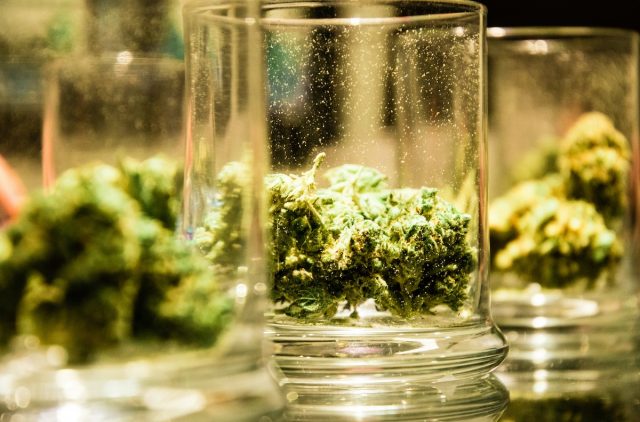
What are some of the other notable compounds in cannabis?
Cannabis is fascinating for the huge variety of chemicals it contains. More than 480 different identifiable components are known to exist, of which more than 80 are unique to this plant.
The most distinctive and specific class of compounds are cannabinoids, but there are up to 20 different chemical classes, including nitrogenous compounds (27 known), amino acids (18), proteins (3), glycoproteins (6), enzymes (2), sugars and related compounds (34), hydrocarbons (50), simple alcohols (7), aldehydes (13), ketones (13), simple acids (21), fatty acids (22), simple esters (12), lactones (1), steroids (11), terpenes (120), phenols (25), flavonoids (21), vitamins (1) [Vitamin A] or pigments (2).
To use a simile, if the flavour or aroma of cannabis were music, the terpenes would be the string and wind instruments that carry the melody. But you need the percussion and bass of the other minor instruments to complete the piece in all its depth, richness and nuance.
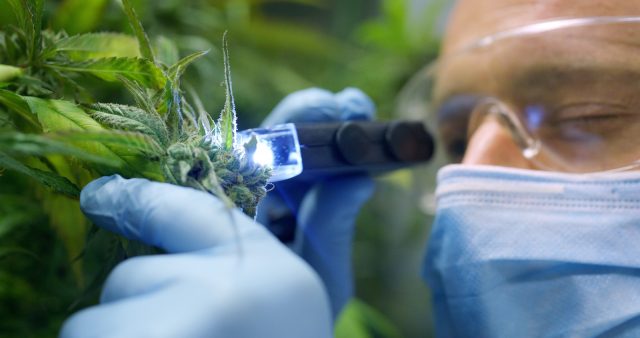
In fact, many substances that we think of as terpenes, such as menthol, citral and eugenol, actually are not. Menthol and citral are actually terpenoids, a class of compounds produced when terpenes are chemically modified, for example by oxidation or by rearranging their hydrocarbon skeleton. And eugenol is actually a phenolic compound, which provides an earthy herbal aroma.
But let's take a look at what we know about some of these chemicals:
Phenols
Phenolic compounds, sometimes known as phenols, are aromatic and, like terpenes, are present in many other plants. Two common examples of phenols are resveratrol from wine grapes and salicylate, which can be found in willow bark. They are a form of reactive, acidic molecules, where a hydroxyl group binds to the hydrocarbon and some of them are powerful antioxidants. Phenolic compounds have the potential to synergistically interact with other plant compounds such as cannabinoids.
Flavonoids
Flavonoids are made up of groups of polyphenolic compounds that act as secondary metabolites (in other words, they fulfil non-essential functions) in a wide variety of plants and fungi. Flavonoids also play an important part in providing the distinctive qualities that we use to differentiate between different cannabis varieties, as both aroma and flavour are possible due to the synergistic qualities shared by terpenes and flavonoids.
In addition, flavonoids also influence cannabis pigmentation, as in other plant species. Those beautiful deep purple cannabis varieties owe their colouring to a type of flavonoids known as anthocyanins. In other plants, such as berries, anthocyanin can cause red, purple, or even blue colouration, depending on pH levels.
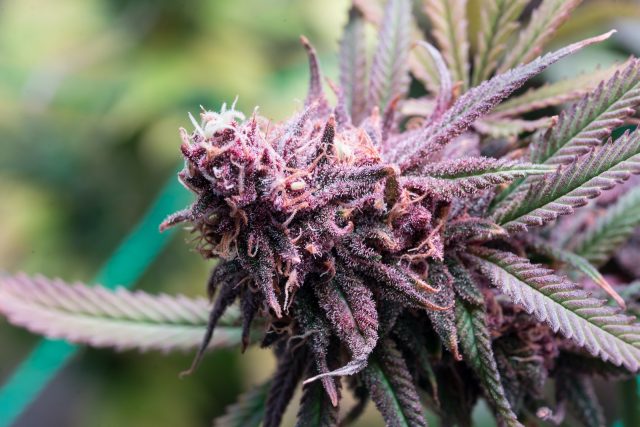
Cannabis has about 20 known flavonoids, some of which are unique to this plant, such as cannaflavins a, b, and c. And, as if providing colour, odour and flavour pigmentation wasn't enough already, research has shown that flavonoids are highly pharmacologically active as well.
For example, the flavonoid quercetin, which can be found in many fruits and vegetables, is a known antioxidant and antifungal agent. Catechins, a type of flavonoid found in cocoa, teas, and other seed fruits, are also known to be an antioxidant with cardiovascular health benefits. Other highly active flavonoids found in cannabis include orientin, silymarin, or kaempferol, all with anti-inflammatory, antifungal, antioxidant, and anticancer potential.
The hundreds of compounds produced by cannabis are consistent in one thing: each new discovery brings with it the potential for further understanding of the plant.
Esters
Esters are formed when alcohols are attached to a carboxylic acid and they can be found everywhere from nature and food to fragrances and essential oils. In cannabis, esters do not bind to our endocannabinoid system receptors and as such are considered inactive. However, they have been shown to increase the functionality of cannabinoid receptors.
Some common examples of esters are methyl cinnamate (found in strawberries) and ethyl butanoate (pineapple aroma). One of the most interesting is benzyl salicylate, an ester that people perceive to have different aromas and that is used as a fixative in floral perfumes such as carnation, jasmine, lilac and wallflower. Additionally, esters have been shown to add to or even change the terpene profile.

Lactones
Ketones and lactones differ slightly from these aromatic molecules. Lactones are carboxylic esters, organic compounds in which the hydrogen in an acid is replaced by an alkyl or other organic group, leading to a fatty alcohol that can produce creamy, buttery, cheesy, or fruity flavours, such as coconut or passion fruit. Lactones are widely used in the fragrance and flavouring industries and are responsible for classic scents like synthetic coconut in sunscreens and the peach perfumes that were popular years ago.
Lactones are rarely found in cannabis, but they can give themselves away with their funkiest or even fruity notes; although our flavour journeys with cannabis may follow the paths of phenols and ketones more than those marked by lactones.
Ketones
Ketones are chemical solvents that contain carbon and can come in the form of everything from sugar to alcohol. Even nail polish remover is a ketone. For example, ketones such as 2-heptanone have a fruity, banana smell.
Ketones are being widely studied at the moment as part of a ketogenic diet, where through food intake the liver is encouraged to create ketones for energy from fatty acids, compared to our more typical method of generating energy from burning carbohydrates.
Aldehydes
These aromatic organic compounds are formed from the dehydration of alcohols. They can have sweet smells, as evidenced by vanillin (the primary component of natural vanilla bean extract) or cinnamaldehyde (an organic compound responsible for the distinctive taste and smell of cinnamon), so they are often added to many fragrances and can be found in a wide variety of foods.
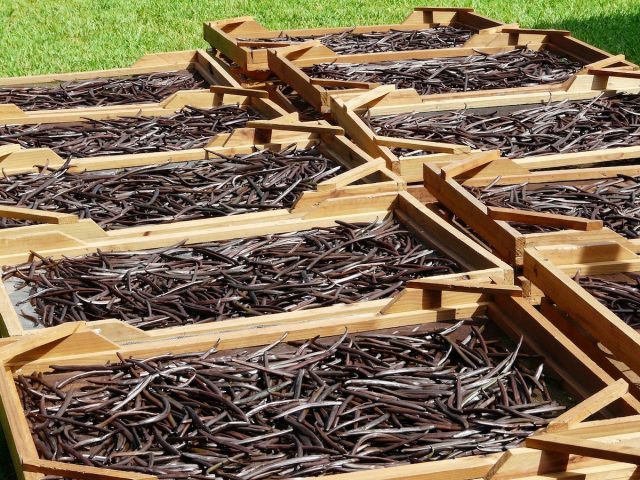
However, certain aldehydes can also be responsible for those spicier aromas found in cannabis. Furthermore, studies suggest that they have the potential to influence terpenes by chemically changing their composition, similar to how esters change or mask the aromas of terpenes.
How do these chemical compounds influence the aroma and taste of cannabis?
As we have seen, aside from terpenes there are many compounds that can interact synergistically to create the aromas and flavours we experience from cannabis. But while these compounds can help to define them, together with terpenes and cannabinoids they can also contribute to the 'entourage effect'.
At the moment, some manufacturers have begun to include these chemicals in their terpene profiles, which are blends of terpenes obtained from natural plants mixed to resemble the smell of certain strains of cannabis, allowing the aromas of these products to be refined to the maximum, leading us directly to compare the flavours of cannabis with fruits, foods and other products that we use in our daily lives.
As these minor compounds fill in the gaps that exist in cannabis aroma and flavour, things like subtle peach or umami notes (the fifth staple after sweet, salty, bitter, and sour, that can be found in mushrooms) will begin to open the way for a broader cannabis lexicon, similar to the one we use to describe wine, coffee, or craft beers.
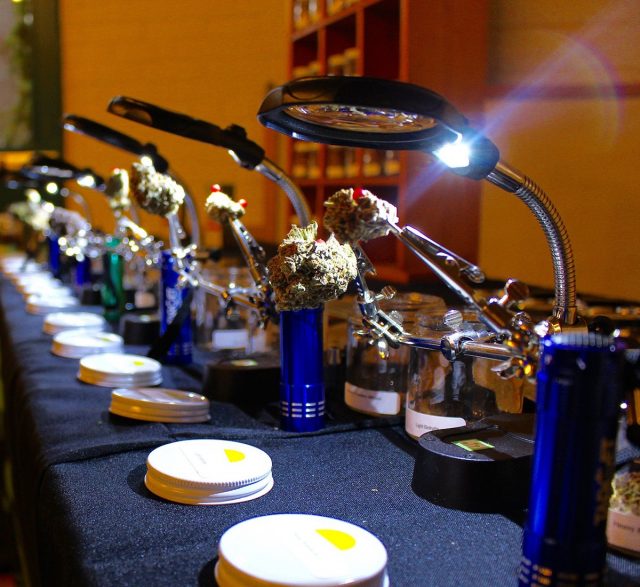
The only real limit is our imagination as we begin to separate the compounds which are creating, individually or synergistically, the specific flavours we are looking for, we will be able to recreate the organoleptic properties of different cannabis varieties more accurately.
In this way, consumers will be able to use this information to treat cannabis as if it were fine wine, but it would be prudent to find out whether these molecules also contribute to the psychotropic, psychedelic and medicinal functions of cannabis; and precisely how they do so.
Because, as with many other things in the world of cannabis, we are just beginning to understand the composition of the plant and all its benefits. Much more research is needed to be able to harness the full potential of cannabis. And as we collect data on all the components of this plant, the next decades of medicinal research, recreational use, and cannabis culture could change forever.
-----
Sources & references:
- Cannabis sativa: The Plant of the Thousand and One Molecules. Christelle M. Andre, Jean-Francois Hausman, Gea Guerriero.
- Cannabis Phenolics and their Bioactivities. Federica Pollastro, Alberto Minassi, Luigia Grazia Fresu.
- Quality Traits of “Cannabidiol Oils”: Cannabinoids Content, Terpene Fingerprint and Oxidation Stability of European Commercially Available Preparations. Radmila Pavlovic, Giorgio Nenna, Lorenzo Calvi, Sara Panseri.
